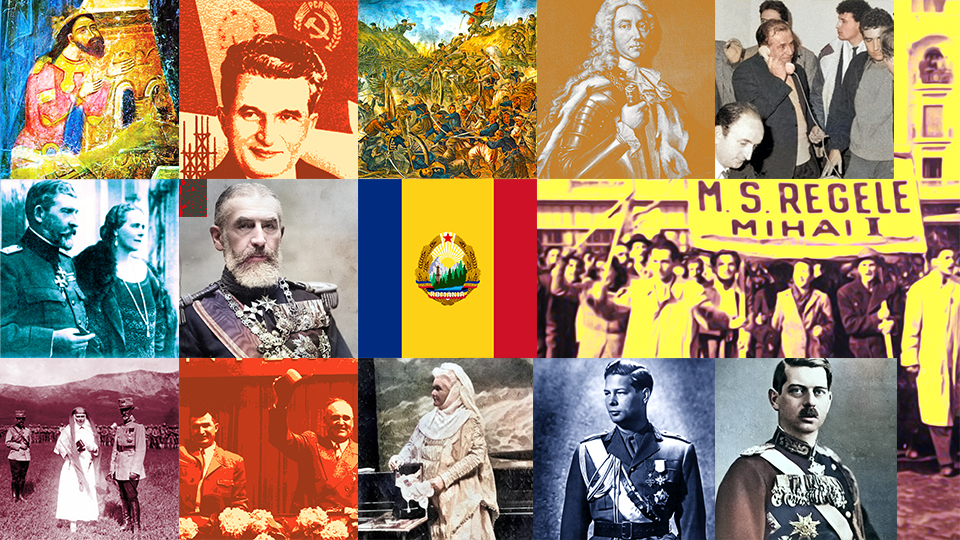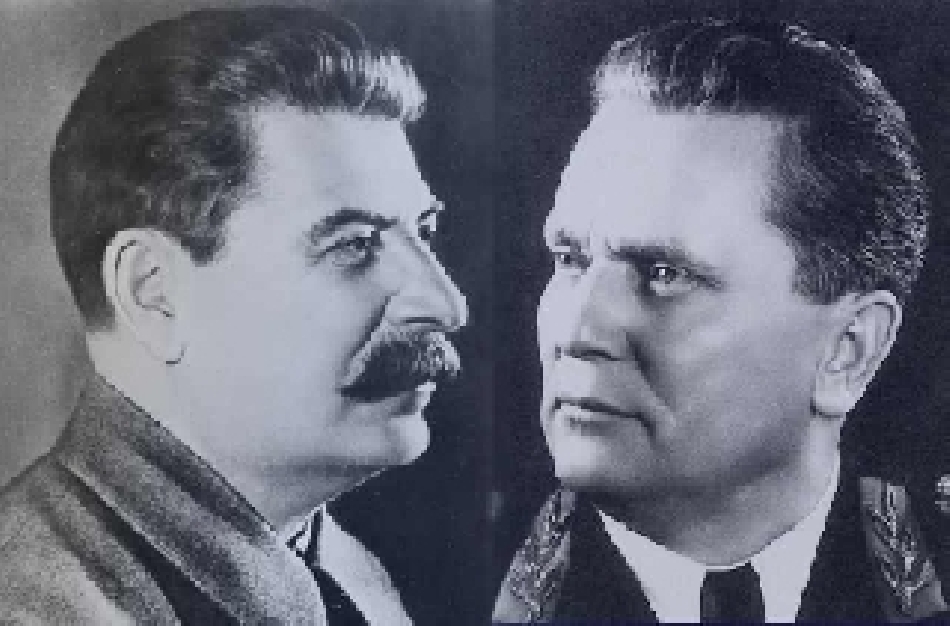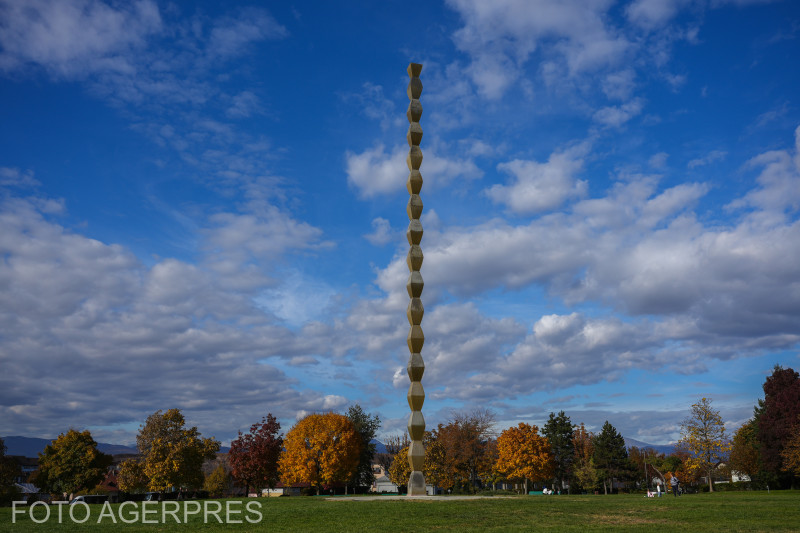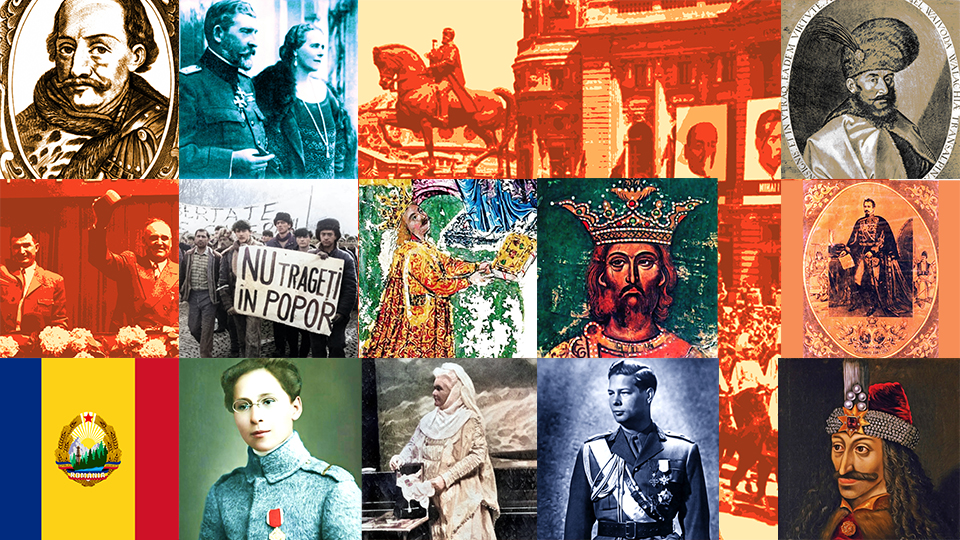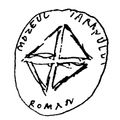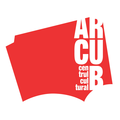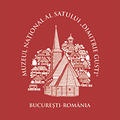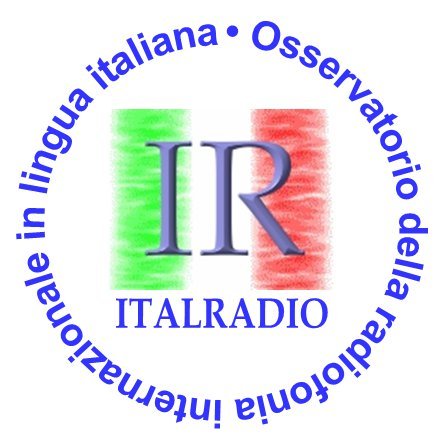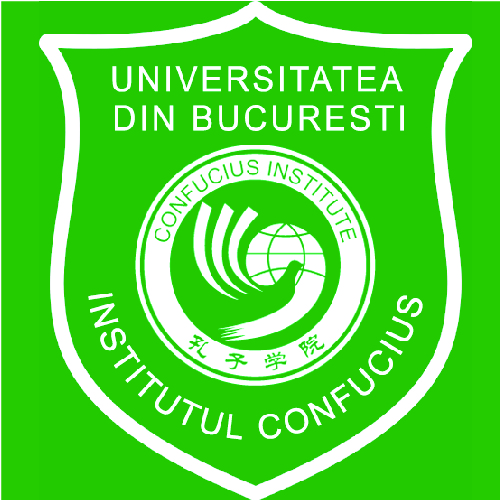The echoes in Romania of the 1956 Hungarian Revolution
On October 23rd 1956, Hungary started a heroic battle in Budapest to rid itself of the tyranny of the communist party.

Steliu Lambru, 24.10.2016, 13:30
Sixty
years ago, on the 23rd of October 1956, Hungary began a heroic
battle in Budapest to rid itself of the tyranny of its communist party
supported by the Soviet occupiers. Initiated by the students and backed by the
reformist leader Imre Nagy, what began as a peaceful demonstration turned into
armed clashes when the Soviet Union sent its troops to squash Hungary’s attempt
to get away from Soviet control. In Romania, which was itself occupied by the
Soviets who had instated a communist regime just like in Hungary, the street
protests in Budapest found a response mainly among students. The students in
the university cities of Timisoara, Cluj and Oradea, near the border with
Hungary, as well as in Iasi and Bucharest, rallied in solidarity with their
counterparts in the neighbouring country. However, the demonstrations in
Romania were not as massive as those in Hungary because of the repressive
regime in Romania and the absence of reformist leaders at the high levels of
government.
Nestor Badiceanu, a politician from Oradea, very close to the
border with Hungary, told the Oral History Centre of the Romanian Radio
Broadcasting Corporation about the events he witnessed in October 1956:
The
atmosphere in Oradea, whose ethnic Hungarian population accounted for 30% of
the city’s inhabitants, radios were turned up full blast, coming through the
open windows. There was a state of euphoria. Oradea is close to the border so
people were expecting for things to flare up here as well, for the phenomenon
to become generalized. We had too much hope. I had just been to Lugoj and on my
way to Lugoj and back I saw tanks being deployed on ramps from trains in every
station. These tanks were bound for Hungary. Despite having many forces in
Hungary, the Russians couldn’t do much and had to deploy massive troops to deal
with the Hungarian army, which they decapitated in a shameful manner. They
called the minister of war for talks and then arrested him leaving the army
without a leader.
Andrei
Banc, who was a student at the Faculty of Journalism in Bucharest in 1956,
remembers the reprisals against some of his colleagues:
Most of the students arrested were from the schools of law and philosophy,
not from Polytechnics or Constructions, which was normal in a way, because
students there were indeed more into politics. Half of them were living in
dorms, in campuses, because they were from other parts of the country. In
general, the arrests were staged mainly in that environment. The rest, namely
us who were from Bucharest, were somehow isolated from that. They were a
compact mass and it was in that mass that problems started. It should be clear
also that there were many informants there, that is students who would report
on their fellow students. However, it was that situation, with many students
living in dorms, boys separated from girls, that helped trigger the revolts of
1956. It wasn’t much, just a light turmoil, because the political police, the
Securitate, was pretty well informed by their infiltrators, in order to prevent
an uprising like the one in Hungary.
The
Romanian students’ claims were related to material things, but that was not the
main source of discontent. People felt the deep crisis they were in could be
overcome had the country had a democratically elected leadership. Andrei Banc
again:
Claims
weren’t of a material nature. One of the first claims was that Russian language
be taken out of the curricula. The claims were political, of general nature and
not so anti-socialist like in Hungary. They were connected with what was
already in the curricula, the wish for more freedom and more access to cultural
traditions in Romania, to the foreign philosophy, which was very frowned upon
and which we had access to only through the courses taught to us. We were
taught that philosophy was hostile, to use the term they used back then, and we
weren’t allowed to read anything in the original. Nobody called at that time
for ousting socialism or the communist party or for dismantling the Communist
Youth Organization. We didn’t have claims like in Hungary. If I am not mistaken
there were some claims put up by the students in law for some amendments to the
Constitution.
Professor Ion Agrigoroaie from the History
Faculty of the Iasi University was also a student in 1956 and recollected what
happened to his fellow students after showing solidarity with the Hungarian
revolution.
In
1956 or at the beginning of the next year, following the Hungarian revolution,
tension was very high. A younger colleague of mine was arrested in the campus
for making a simple joke about the soviets and their occupation of Hungary. He
spent 7 years in jail for that joke. We knew about what was going on in
Hungary, although sometimes actions mounted by the revolutionaries there were
labeled as acts of terrorism. We knew about Imre Nagy and that he was handed
over to the soviets. It was difficult to get the right information at that time
but, you know, I don’t want to brag about my generation.
The 1956 revolution in Hungary rippled
through Romania as well and thousands of students who participated in public
rallies either got arrested or expelled. The second wave of communist reprisals
started, and that was a sign that the communist regime could not be reformed.

